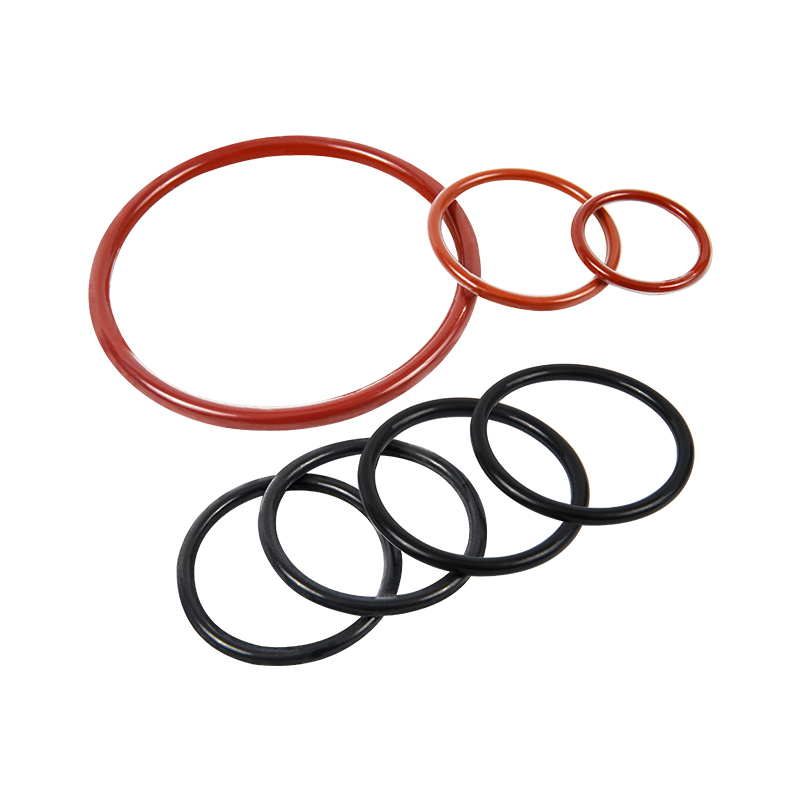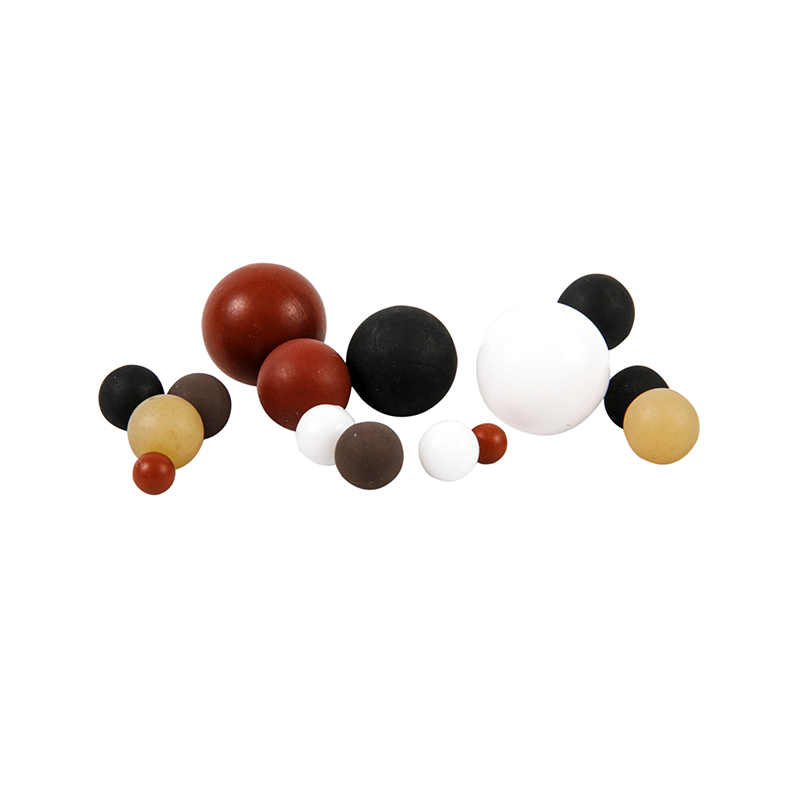Piston Rings
Key Takeaways
Piston Rings: Critical components that seal combustion chambers, regulate oil, and transfer heat.
Three Rings: Each ring serves a distinct role—compression sealing, heat transfer, and oil control.
Failure Signs: Loss of power, excessive oil consumption, blue smoke, or misfires.
Professional Solutions: High-quality materials and precision engineering ensure durability and performance in extreme conditions.
What Are Piston Rings?
Piston rings are circular metallic bands installed around pistons in internal combustion engines. They are split to allow expansion and contraction during operation. Typically made of cast iron, steel, or advanced alloys, modern piston rings are engineered to withstand extreme temperatures, pressure, and friction.
Primary Functions
Sealing the Combustion Chamber: Prevent gas leakage during combustion, ensuring maximum power output.
Heat Transfer: Conduct heat from the piston to the cylinder wall, preventing overheating.
Oil Control: Regulate oil distribution on the cylinder wall to minimize friction while preventing excess oil from entering the combustion chamber.
Why Do Pistons Have Three Rings?
Most engines use three piston rings, each optimized for a specific task:
Top Compression Ring: Withstands the highest pressure and temperature, sealing combustion gases to maximize engine efficiency.
Second Compression Ring: Supports the top ring in sealing gases and assists in heat dissipation.
Oil Control Ring (Scraper Ring): Scrapes excess oil off the cylinder wall and returns oil to the crankcase, reducing consumption and emissions.
What Happens When Piston Rings Fail?
Common Symptoms of Failure:
Loss of engine power: Leaking compression reduces combustion efficiency.
Excessive oil consumption: Worn rings allow oil to enter the combustion chamber.
Blue exhaust smoke: Burning oil produces a bluish tint in exhaust gases.
Increased emissions: Failed rings contribute to higher hydrocarbon emissions.
Engine misfires: Uneven compression disrupts the combustion cycle.
Long-Term Consequences: Ignoring worn piston rings can lead to permanent cylinder wall damage, catalytic converter failure due to oil contamination, and costly engine overhauls or replacements.







